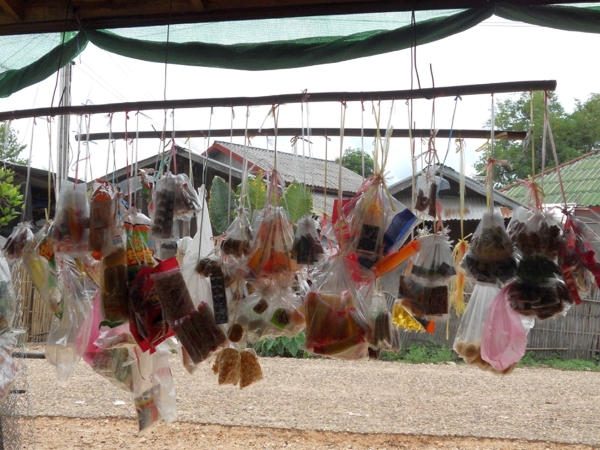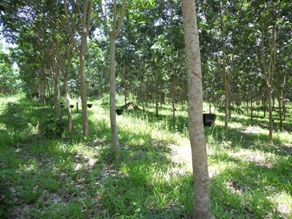Why some farmers thrive and others fail
In 2009, farmers in Nadee village, Laos lost their land. A large foreign-based rubber company received most of the Nadee village farmland through a concession agreement that was made without the farmers’ consent, knowledge, or any compensation. The contentious issue of large scale land acquisitions—often known as “land grabbing”—is not uncommon in Laos; the country has leased thousands of hectares to foreign investors. According to the United Nations Development Programme (UNDP), an estimated 15% of the country is currently under foreign control. These land concessions are sometimes hailed as a boon for economic growth and poverty reduction, but could they actually be increasing rural poverty?

Researchers at the International Water Management Institute (IWMI) wanted to understand the real impacts of land concessions on farmers. They interviewed dozens of Nadee residents to better understand the long-term impacts of land concessions. The resulting paper, published in Land Use Policy, is open for 30 days of promotional access and available for download until April 26, 2016.
Sustainable livelihoods?
The study found that in general farmers adopted one of three main strategies:
- Farmers negotiated with the rubber company and authorities and cultivated rubber to protect their remaining land;
- Farmers purchased or rented new land for to plant cassava or cultivate rice as an alternative source of income;
- Farmers sought off-farm employment as a supplement to their remaining farm income or as a complete alternative to farming
The choice of strategy was related at least in part to how wealthy each farmer was to start with. While large-scale farmers could simply continue on reduced plots or start their own rubber production, many medium and small scale farmers had to shift to cassava. The large-scale farmers’ strategy to produce rubber was related not only to their access to land to grow rubber trees, but also to their close relationship with district government staff and ability to negotiate extended tenure on land under rubber cultivation. Poorer farmers struggled to acquire basic food supplies on what little land they had left or left farming altogether.
What’s next?

The government believes that leasing land to investors can help promote economic growth and reduce poverty. But in practice, at least in Nadee village, government policy instead strongly disadvantaged farmers in general and poor farmers in particular.
“There is a need to develop a robust, transparent and accountable system to monitor and evaluate concession granting and associated land dispossession,” says lead author Diana Suhardiman. “Monitoring and evaluation systems should look at how companies use the granted land, towards what purpose, how this purpose affects customary land tenure rights, and how it benefits or otherwise impacts local communities’ livelihood options.”
Furthermore, land needs to be looked at as more than simply productive hectares; it has a cultural importance as well. As one Nadee farmer put it, “we support the government’s policy to develop the country, but we cannot just sit still when our land is taken away. It is part of our identity, and it is so much more than just an economic asset.”
This paper is freely available for download from March 28 until April 26, 2016:
This work is supported by the CGIAR Research Program on Water Land and Ecosystems (WLE)
A version of this story first appeared as a research highlight on the WLE website.

